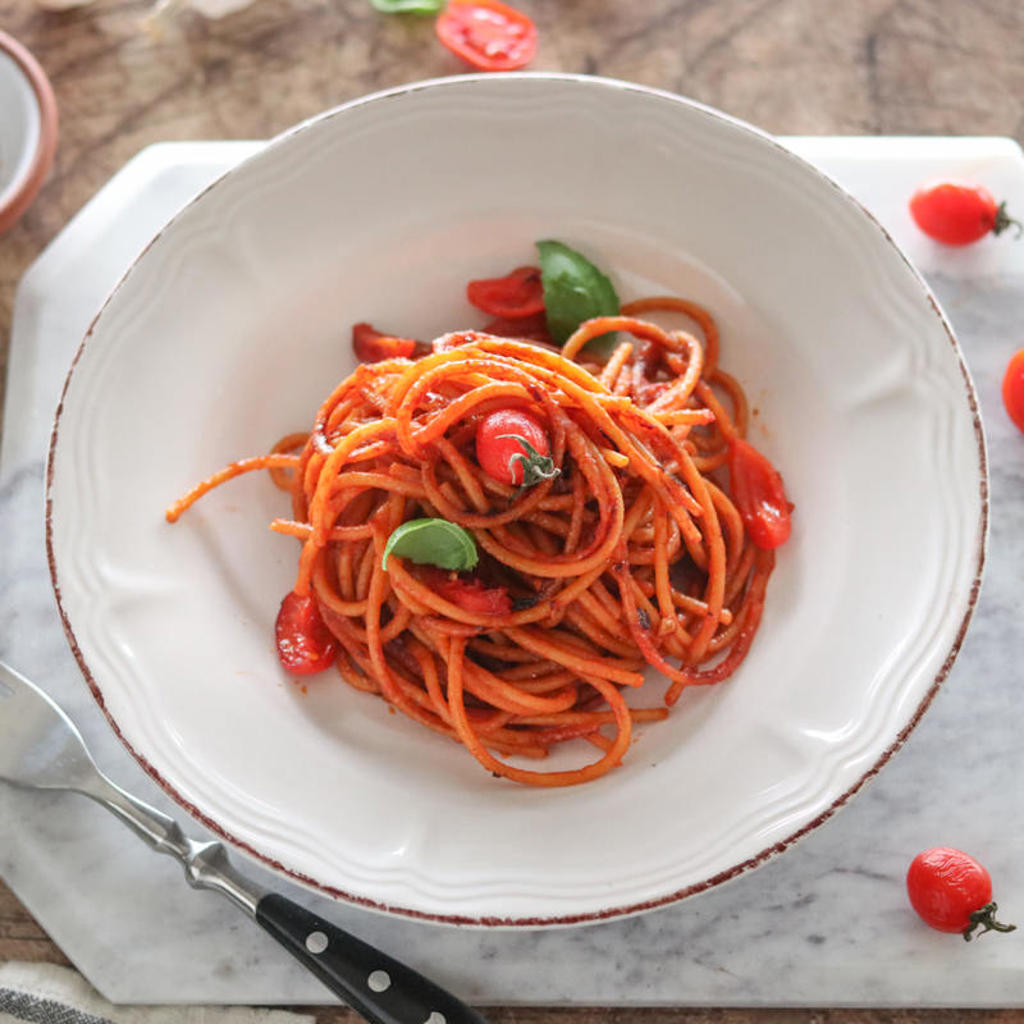
Whether it's the classic spaghetti or the less common regional shapes, there's no doubt: Italians are the biggest pasta eaters in the world, with over 23 kilos consumed per capita annually. More than 1 in 2 Italians (54%) eat it every day, with lunch being the preferred meal for 8 out of 10 people (source: Nextplora 2024 analysis). And while abroad, spaghetti is the most popular shape when it comes to enjoying Italian cuisine, on national soil, the variety of choices is extremely high.
In Southern Italy, about 7 out of 10 Italians (68%) eat pasta every day, compared to over 4 out of 10 in the Northwest (43%). According to a census by Unione Italiana Food, out of 500 existing pasta shapes, about 200 regional recipes are documented. Short or long, smooth or ridged, filled or hollow: the different names and various lines tell stories of territories, popular culture, production techniques, art and creativity of the pasta maker, and above all, a product that has always been accessible and cross-cutting. Every region, every bell tower has its symbolic recipe, every Italian has their favorite. And considering that each region has, on average, between 7 and 10 typical pasta recipes with as many territorial variants, the exact number is practically impossible to census.
It's not just the shapes that are different, but also the ways to cook pasta, each with its different result. Here are the main five:
There is a sort of seventh cooking method, a toasting halfway between risotto-style pasta and fried pasta, which has its emblem in a typical dish from the Bari area, but increasingly popular in the rest of Italy and beyond. We are talking about the so-called spaghetti all'assassina, one of the symbolic dishes of Puglian cuisine. Their origin is linked to local catering and the creativity of some cooks who wanted to give a twist to the classic pasta with tomato sauce. The name "assassina" seems to derive from the spiciness of the dish and its intense and charred flavor, which can be almost "lethal" for those not used to strong tastes. The recipe has been passed down in families and restaurants until it became a true gastronomic cult with the Accademia dell'Assassina, created to preserve the tradition and promote the original preparation method. The peculiarity of the dish lies in the cooking method: the spaghetti is cooked raw directly in the pan without prior boiling and risotto-style with a tomato broth that cooks them slowly while forming a crispy crust. The iron pan is considered essential to achieve the right Maillard reaction, which gives the spaghetti their characteristic texture and slightly smoky flavor.
